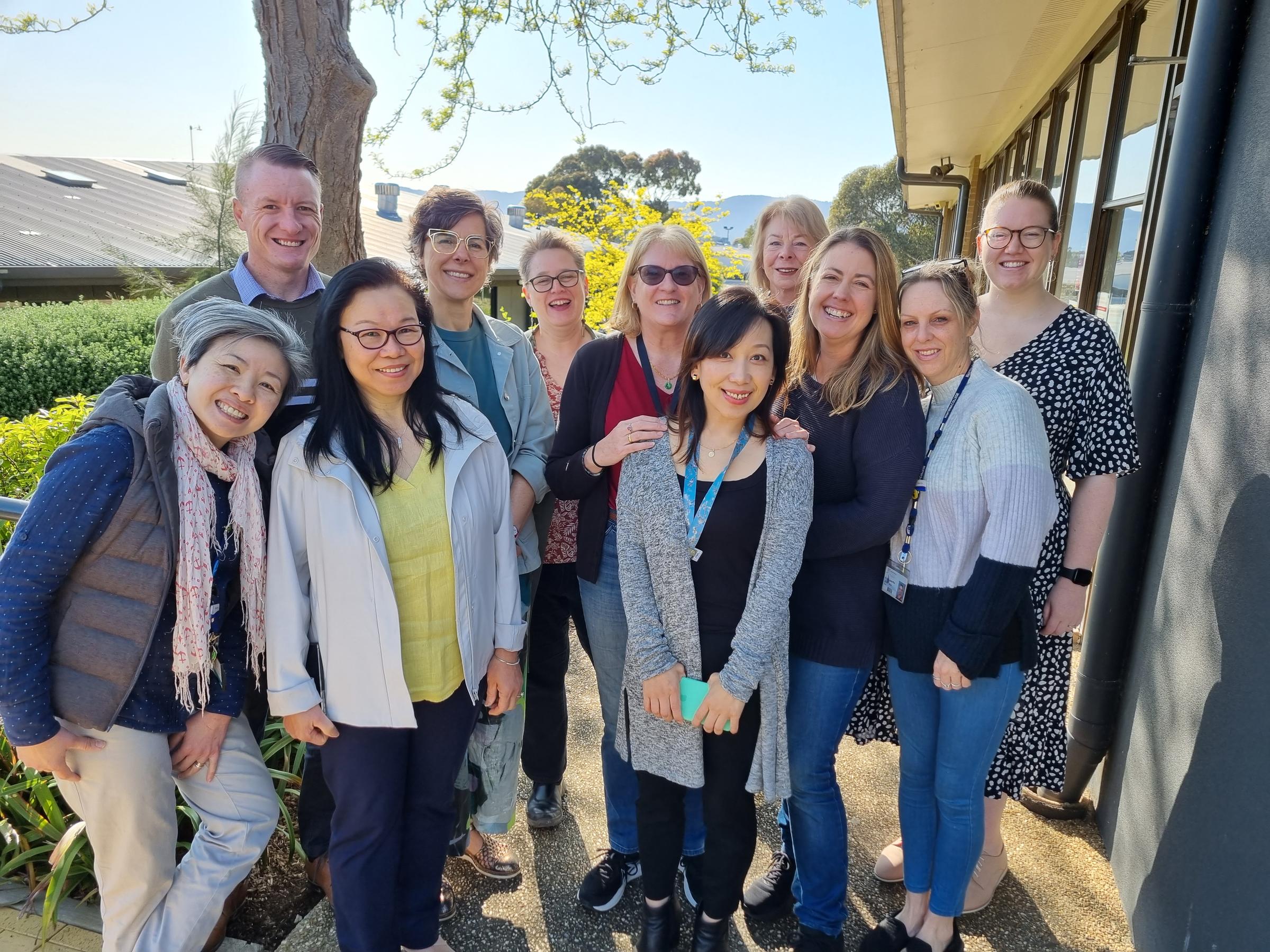Inclusion

Drawing for Comprehension
A common concern in education is that many students feel they do not comprehend verbal information as well as we'd like. Students can zone out if verbal instruction is too long and they miss important information. Did you know that writing notes and listening are competing systems within the brain? In order to do both those tasks at the same time, the brain is doubling up and using the same infrastructure, so neither is done well.
Drawing and listening are complementary systems in the brain as there is minimal infrastructure overlap. Students should be encouraged to represent their understanding of verbal information through visual note taking.
In addition, many students have to read material multiple times to make sense of it so this method of ‘input’ can also be challenged. If we zone out when we listen and can’t comprehend what we read, how can we access information effectively? Once again, making visual notetaking a side activity throughout the act of reading forces the brain to pay more attention and is more likely to result in improved comprehension.
The videos linked below outline the principles of the strategy of Drawing for Comprehension.
It is important to note that students will not be instantly skilled at visual note taking. Many will say, "I can't draw" but it is not the quality of the drawings that makes this technique successful. Using simple symbols, boxes, arrows, pillars, stick figures and written labels can be just as useful in assisting students to be successful in visual note taking.
In order to interpret written or verbal information visually, students have to do more than just listen because they have to do something with the information. This act of ‘doing’ requires more active listening and interpreting, something we do NOT get if we are simply asking students to listen or read, or write down what we say. So in many ways, the outcome of the drawing itself is secondary to the improved comprehension that should come from doing it.
We encourage you to watch the videos below to support your student to learn this visual notetaking skills. Persevere – you’ll get better every time you do it! You’ll find extra symbols and shortcuts to represent information and you’ll be understanding and retaining far more information than previously! We’d love to hear your stories about how this technique is working for you!
Video: The Powerful Effects of Drawing on Learning
Video: The First Principles of Note Taking
Video: How to Sketchnote without Drawing
Video: Drawing basics for Sketchnoters
Inclusion Team
Kylie Rackham - Leader of Inclusion
rac@wantirnacollege.vic.edu.au
Deanna Poon - Inclusion Support Coordinator [funded students]
dpo@wantirnacollege.vic.edu.au
Sarah Ervin – Disability Inclusion Coordinator [funding applications]
ser@wantirnacollege.vic.edu.au
Jamila Jamil-Lopez – Learning Support Coordinator jja@wantirnacollege.vic.edu.au
